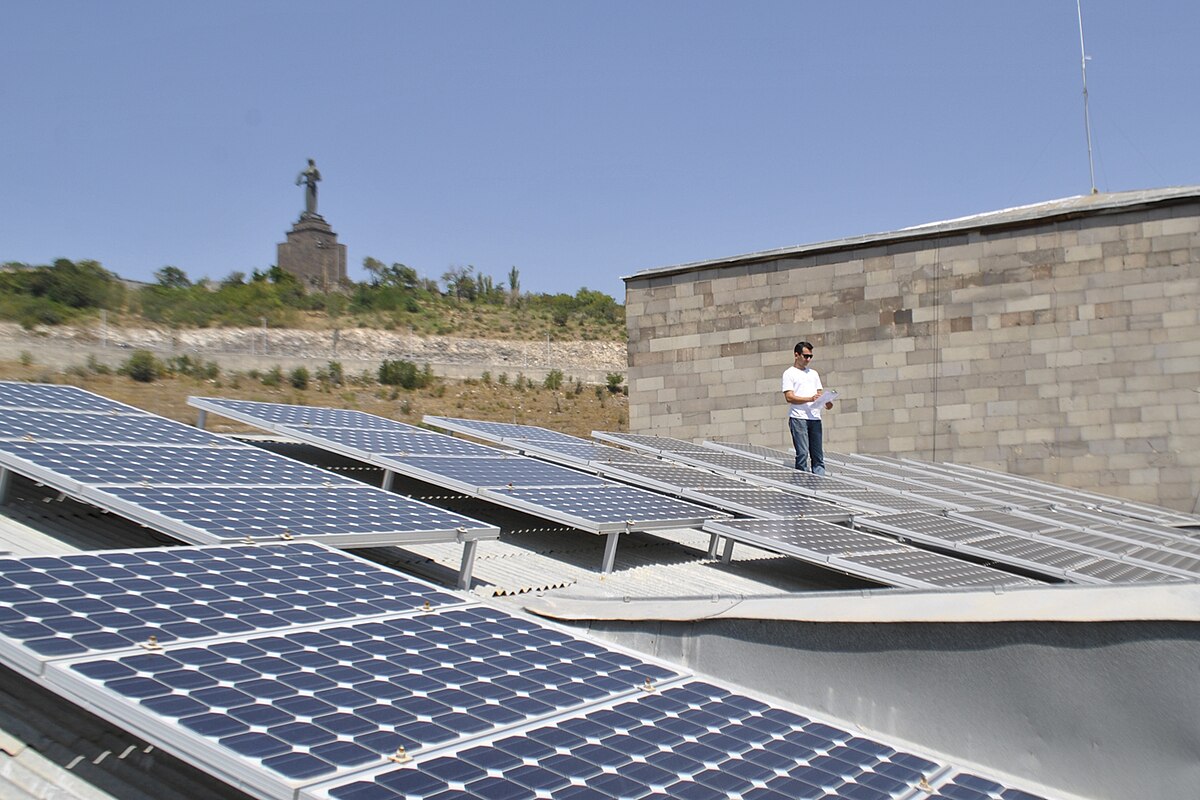Armenia's Solar Growth Faces Challenges: Balancing Clean Energy Expansion with Grid Stability

Armenia’s Solar Surge Hits a Wall: Hard Choices on the Road to Clean Energy
The Challenge of Rapid Solar Expansion
Armenia has made remarkable progress in scaling up its renewable energy resources, with installed solar capacity surpassing 1,100 MW between January and May 2025. On paper, the country has become a standout in the region, integrating solar power so successfully that it now contributes over 14% to the national electricity mix. This drive aligns with ambitions to boost energy independence and respond to environmental pressures, as well as government commitments to cut greenhouse gas emissions and build resilience against climate risks.
However, this rapid ascent in solar generation has begun to test the limits of the country’s existing electricity infrastructure. During daytime peaks, solar energy production has hit 780 MW—already exceeding a national energy demand of around 650 MW and forecasted to reach 900 MW as autumn approaches. Without adequate energy storage systems or upgraded transmission lines, the network faces critical imbalances. In this context, the authorities, focused on maintaining grid stability, have adopted a range of necessary regulatory and operational measures to keep the lights on while avoiding system overloads.
Grid Strain and Regulatory Response
The country’s aging electricity grid, long reliant on large generating stations and lacking in flexibility, is now experiencing significant congestion. Without significant large-scale battery storage solutions or sufficient grid interconnections to export surplus energy, this bottleneck has triggered forced cutbacks. Evidence of the strain surfaced in April, when Armenia temporarily shut down a unit at its nuclear plant in response to overgeneration from distributed solar and system stress.
System operators have been given the authority to disconnect large photovoltaic installations for up to 2,200 hours in a year if necessary. Additionally, the longstanding practice of annual settlements under net-metering—crucial for small businesses and homeowners—will move toward a much stricter monthly or even hourly reconciliation of solar generation. These policy adjustments aim to better synchronize rooftop and utility-scale output with fluctuating demand and technical constraints, but also reduce the financial appeal for new decentralized projects.
Compounding these changes, the state-backed green loan initiative, which has provided a financial catalyst for thousands of rooftop installations and energy-saving upgrades, is set to close by July 2025. The end of this program marks a pivotal moment for Armenia’s solar community, potentially slowing the adoption rate among households and small businesses motivated by accessible, low-cost credit.
Seeking Balance: Industry Prospects and Transitional Pathways
Against this complex backdrop, regulatory leaders emphasize their shared goal of preserving the long-term viability of the renewable sector. Mesrop Mesropyan, the official overseeing public service utilities, notes that current restrictions serve as a temporary safeguard to prevent an outright breakdown of the system. Blame for the present predicament, Mesropyan has stated, lies not in the policy environment but in infrastructure delays, notably the stalled cross-border connector with Iran, which would have enabled the export of up to 1,200 MW—relieving much of the grid’s pressure and opening a new channel for revenue.
Discussions between policymakers and industry stakeholders are focusing on possible stopgap measures for systems already built and in operation. These may include introducing transitional frameworks that offer some predictability to existing investors and operators, as well as opening the door for potential subsidies or incentives tied to integrating battery storage with solar installations. The ultimate aim is to move toward greater system flexibility, minimizing wasted energy and maximizing the benefits of distributed renewables.
The immediate challenges underscore the broader truth that deep energy transitions—especially those involving variable renewables—cannot succeed on generation alone. As solar’s share grows, supporting infrastructure must evolve in tandem. Armenia’s next steps, therefore, will be critical: further investment in grid modernization, expansion of export capabilities, and the rollout of advanced storage technologies all stand as essential pillars for realizing a resilient, climate-friendly future. In this period of recalibration, stakeholders on all sides are signaling their readiness to collaborate for balanced, sustainable energy growth.
